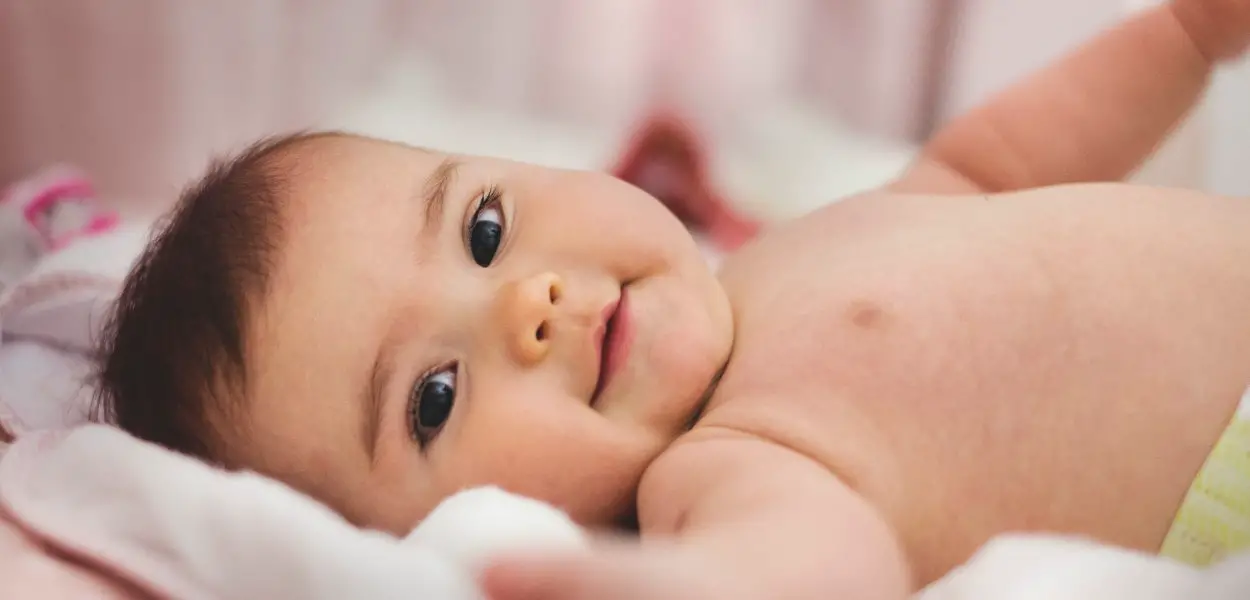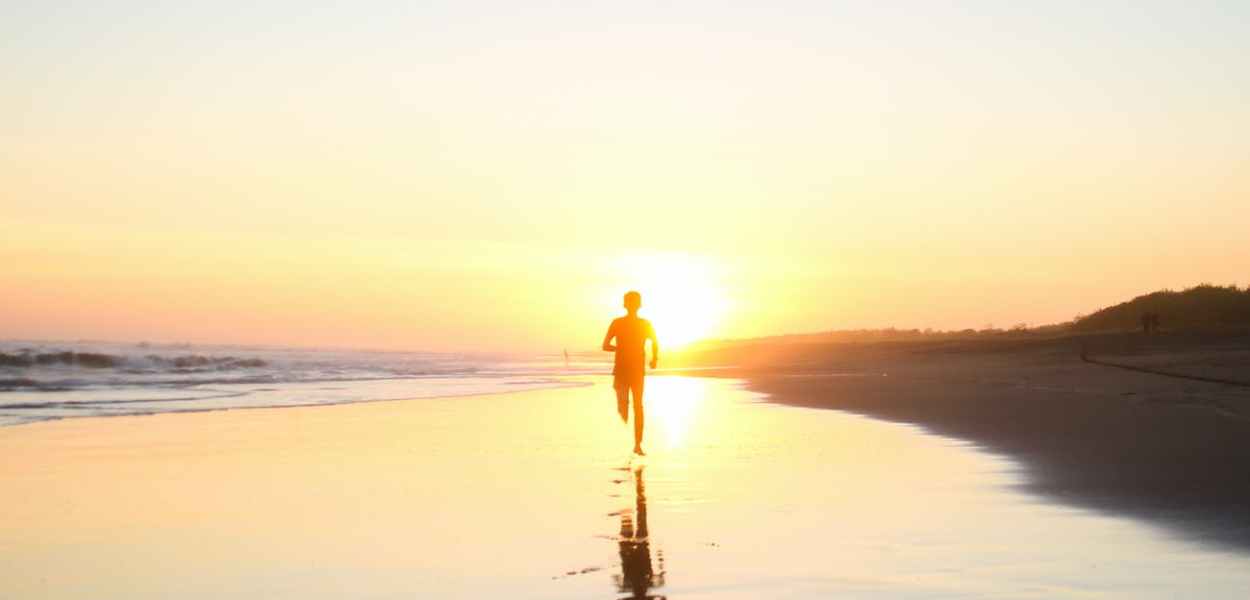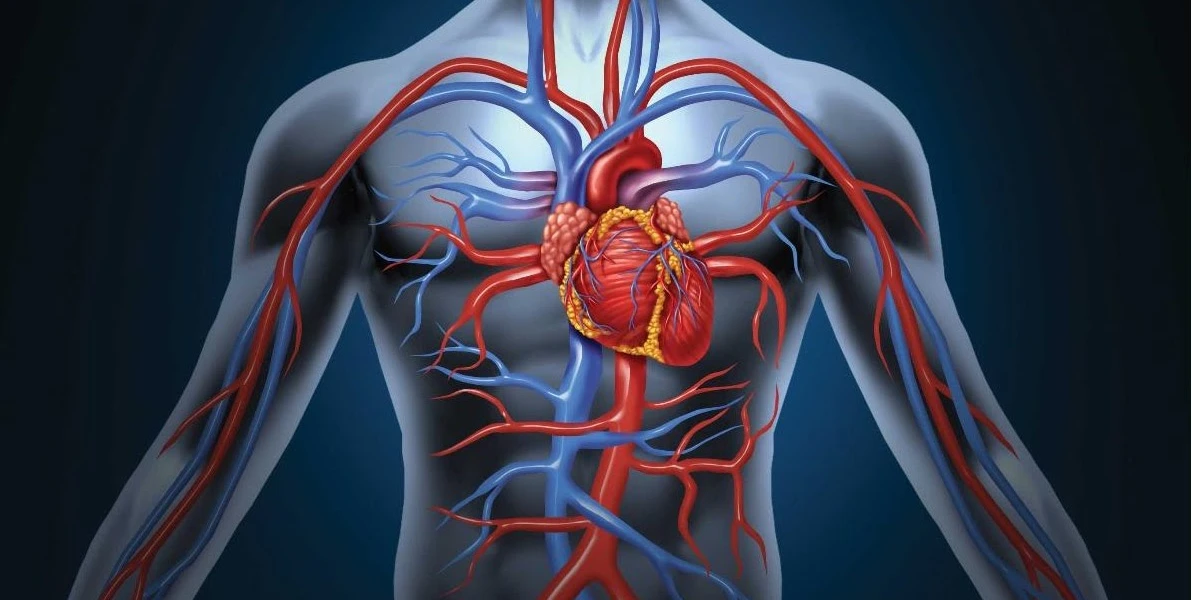Click! Introduction to Photography 101
Photography is much more complex than taking photos on a camera. Photography in its most basic definition dates back to ancient China, where the use of a camera obscura was first documented by a Chinese philosopher in the fifth century B.C. A camera obscura is the phenomenon where a small pinhole on a wall of a dark room allows light to come in. On the wall opposite to the pinhole, an upside-down image of the outside is illuminated. The science behind this strange phenomenon lies in the basic principles of optics, the study of light. Light travels in straight lines until it is blocked by a material, in which case the angle of the light changes. This concept of capturing light and forming an image was studied for hundreds of years, leading to the invention of microscopes to look at tiny living organisms, telescopes to look at the stars, and cameras to take pictures.


































![Heart Block: First Degree vs Second Degree (Type I and Type 2) vs Third Degree - ECG Findings, Symptoms, Diagnosis, Treatment, and Prognosis [MCAT, USMLE, Biology, Medicine]](https://moosmosis.files.wordpress.com/2023/04/heart_block.png?w=200&h=200&crop=1)
